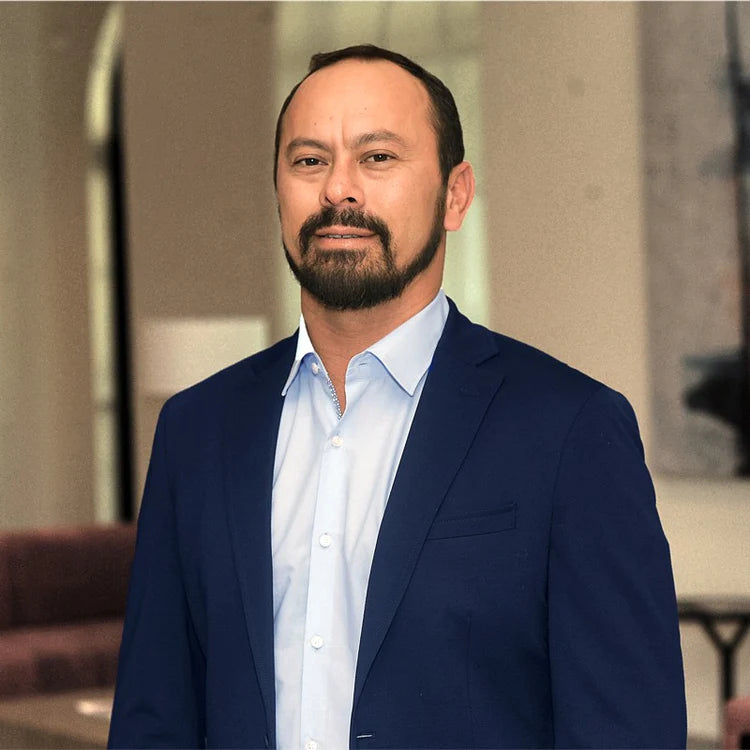In the realm of speculative medical technology, the concept of "med beds" or "smart beds" often captures the imagination of both the public and innovators within the healthcare industry. While the full realization of med beds as depicted in science fiction isn't a current reality, the technology behind smart beds is rapidly advancing, offering a glimpse into what the future of personalized healthcare might look like. This article delves into how smart bed technology works, its applications in modern healthcare, and what it could mean for the future.
Understanding Smart Bed Technology
Smart beds integrate advanced technology into traditional sleep surfaces to monitor, analyze, and potentially improve health outcomes. These beds use a variety of sensors and software to collect and process data on the user’s sleep patterns, vital signs, and physical movements. The core of smart bed technology lies in its ability to provide actionable insights into an individual's health and wellness directly from their bedroom.
Core Technologies in Smart Beds
-
Sensor Technology: Smart beds are equipped with sensors that can measure a range of physiological parameters such as heart rate, respiration rate, body movement, and even body weight changes. These sensors are unobtrusive and designed to function seamlessly as the user sleeps.
-
Sleep Tracking and Analysis: Using the data collected by sensors, smart beds can track the duration and quality of a user’s sleep, including sleep stages (light, deep, REM sleep) and overall sleep patterns. Advanced algorithms analyze this data to offer recommendations for improving sleep quality.
-
Pressure Mapping: One of the key features of smart beds is their ability to adjust automatically to reduce pressure points on the body. Pressure mapping technology helps distribute weight evenly across the bed, which can be particularly beneficial for individuals with mobility issues or chronic pain.
Applications in Healthcare
Smart beds are not just for home use; they have significant applications in medical settings:
-
Hospital Care: In hospital environments, smart beds help monitor patients continuously, providing real-time data that can alert healthcare staff to potential issues before they become critical. This continuous monitoring is essential for patients in intensive care or those with severe health conditions.
-
Rehabilitation and Recovery: For patients recovering from surgeries or injuries, smart beds can adjust to enhance comfort, support specific body parts, and even aid in physical rehabilitation by promoting proper posture and movement.
-
Elderly Care: As part of geriatric care, smart beds can offer crucial insights into the sleep patterns and health status of elderly users, alerting caregivers to potential health issues like sleep apnea or nighttime falls.
The Future of Smart Bed Technology
As technology advances, the potential for smart beds expands. Future developments could include more advanced biometric sensors, integration with other smart home devices for holistic health management, and even remote therapy features that allow doctors to adjust settings in real-time for patient treatment. Furthermore, as machine learning algorithms become more sophisticated, the personalization of sleep and health recommendations will likely become more refined.
Challenges and Considerations
While smart bed technology offers exciting possibilities, it also presents challenges such as data privacy concerns, the need for standardization in health data collection and analysis, and the high cost of advanced technology, which could limit accessibility.
Conclusion: A New Era in Personalized Healthcare
Smart beds represent a significant step toward the future of personalized healthcare, where technology empowers individuals to optimize their health through better sleep and real-time health monitoring. As we continue to explore and refine these technologies, smart beds may soon become an integral part of everyday health management, blurring the lines between home comfort and medical care.



